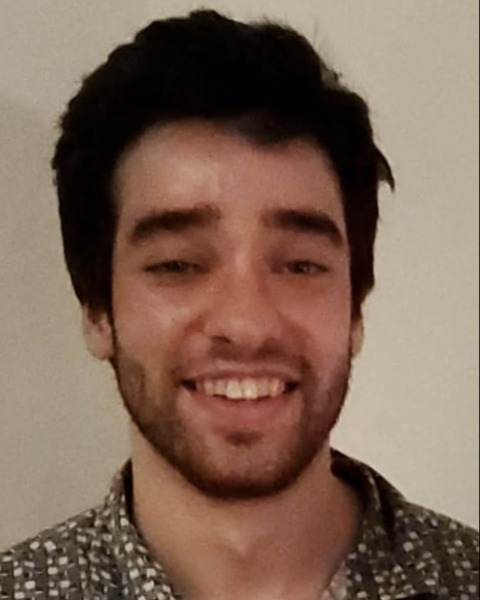Back
INFECTION/MICROBIOLOGY
Poster Session
(523) Evolution of aminoglycoside resistance in chronic P. aeruginosa infections in the CF lung
Thursday, November 3, 2022
12:45 PM – 1:25 PM ET

David Ritz, n/a
PhD Candidate
Dartmouth College
Hanover, New Hampshire, United States- DS
Daniel Schultz
PI
Dartmouth
Hanover, New Hampshire, United States
Presenting Author(s)
Co-Author(s)
Background: P. aeruginosa is a leading cause of mortality for cystic fibrosis (CF) patients. Aminoglycosides are often used in the treatment of chronic infections, but success is limited mostly due to high expression of a multidrug efflux mechanism MexXY-OprM. Although P. aeruginosa infections are typically acquired from environmental strains, about half of the lineages evolved in CF lungs eventually acquire mutations modifying MexXY-repressor MexZ, which results in heterogeneous populations with significantly altered antibiotic resistance. A better understanding of how these populations respond to different drug regimens is essential to design treatments that clear infections by addressing specific resistance profiles. Here, we test the hypothesis that mexZ mutations increase antibiotic resistance by delivering a faster response when challenged by the drug.
Methods: We use a microfluidic device to follow mexXY expression in both WT and mexZ mutant single cells during a drug response. We also use an automated continuous-culture device to study the progression of heterogeneous WT and mexZ mutant populations subjected to drug treatments. Finally, we use a simple assay where liquid cultures are exposed to aminoglycosides during mid-log phase to characterize the ability to survive sudden exposures in WT cells, mexZ mutants, and in a collection of environmental and clinical strains.
Results: From our experiments, we determined how the dynamics of induction of resistance relates with the ability of the strains to survive antibiotic treatment; showed that mexZ mutants have a temporary fitness advantage over WT cells upon exposure to aminoglycosides; and captured a gain in resistance in mexZ mutants by quick induction of MexXY, which is not detected by standard MIC assays.
Conclusions: A quantitative understanding of the fitness advantages and costs associated with loss of MexZ function in CF-relevant environments will guide new treatments tailored to the resistance profile of each infection, dictating drug regimens that maximize the chances of remission.
Acknowledgements:
References:
Methods: We use a microfluidic device to follow mexXY expression in both WT and mexZ mutant single cells during a drug response. We also use an automated continuous-culture device to study the progression of heterogeneous WT and mexZ mutant populations subjected to drug treatments. Finally, we use a simple assay where liquid cultures are exposed to aminoglycosides during mid-log phase to characterize the ability to survive sudden exposures in WT cells, mexZ mutants, and in a collection of environmental and clinical strains.
Results: From our experiments, we determined how the dynamics of induction of resistance relates with the ability of the strains to survive antibiotic treatment; showed that mexZ mutants have a temporary fitness advantage over WT cells upon exposure to aminoglycosides; and captured a gain in resistance in mexZ mutants by quick induction of MexXY, which is not detected by standard MIC assays.
Conclusions: A quantitative understanding of the fitness advantages and costs associated with loss of MexZ function in CF-relevant environments will guide new treatments tailored to the resistance profile of each infection, dictating drug regimens that maximize the chances of remission.
Acknowledgements:
References:
